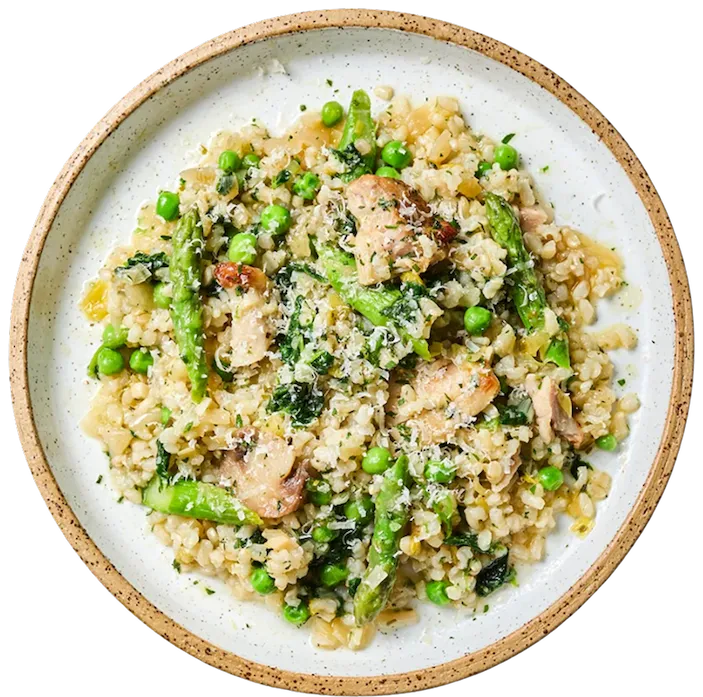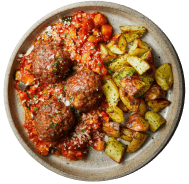Red Quinoa
Red Quinoa: Nutritional Information, Health Benefits & Cooking Tips
Quinoa, a pseudo-grain with many health benefits, is an important hero ingredient, forming the backbone of many meals as they are a complete protein. Learn more about quinoa and how to best incorporate this superfood into your diet.
Interesting facts
Red quinoa, also called Inca Red was the staple for Inca soldiers who believed the red colour gave them strength during battle. Native to South America and eaten for more than 5000 years quinoa is a pseudo grain that comes in a variety of colours including white, yellow, black and red.
Source of
- Manganese
- Copper
- Phosphorus
- Magnesium
Key health benefits
A complete protein. All types of quinoa are considered complete proteins as they contain all the essential amino acids including lysine which most grains lack.
Rich in antioxidants. Of all the varieties of quinoa, red was found to have the highest antioxidant content. Red quinoa contains betalains which have antioxidant properties that are responsible for its signature red colour. Antioxidants are substances that protect or reduce damage to your cells caused by free radicals.
May protect against heart disease. Being particularly high in two types of flavonoids called kaempherol and quercetin. Both these flavonoids have been found to play a role in protecting against many diseases like heart disease, Parkinson’s disease, and certain types of cancers.
May benefit heart health. Being considered a whole grain, red quinoa may also benefit heart health. Many large population studies associate whole grain consumption with a reduced risk of heart disease, cancer and death from all causes.
Cooking tips
Want the perfectly fluffy quinoa? Use twice as much water as quinoa. Cook uncovered until the quinoa has absorbed all the water
Quinoa should be a pantry staple as it’s so versatile. Its mild, nutty flavour means it can be paired with just about everything. It makes for a delicious alternative to oats in porridge, can be added to salads, used as an alternative to rice or even added to homemade burgers!
related content
more content: Hero Ingredients
browse our ranges.
choose from one of our ranges or personalise your own menu from 60+ meals.
- low FODMAP

- eat well, live well programme

- gluten free

- high protein

- weight management

- ibs

- lowest calorie

- lower carbs

- mediterranean

- smaller range

- pcos

- lean + lighter

- menopause

- heart healthy

- plans

- full menu

- gift cards
- take the quiz